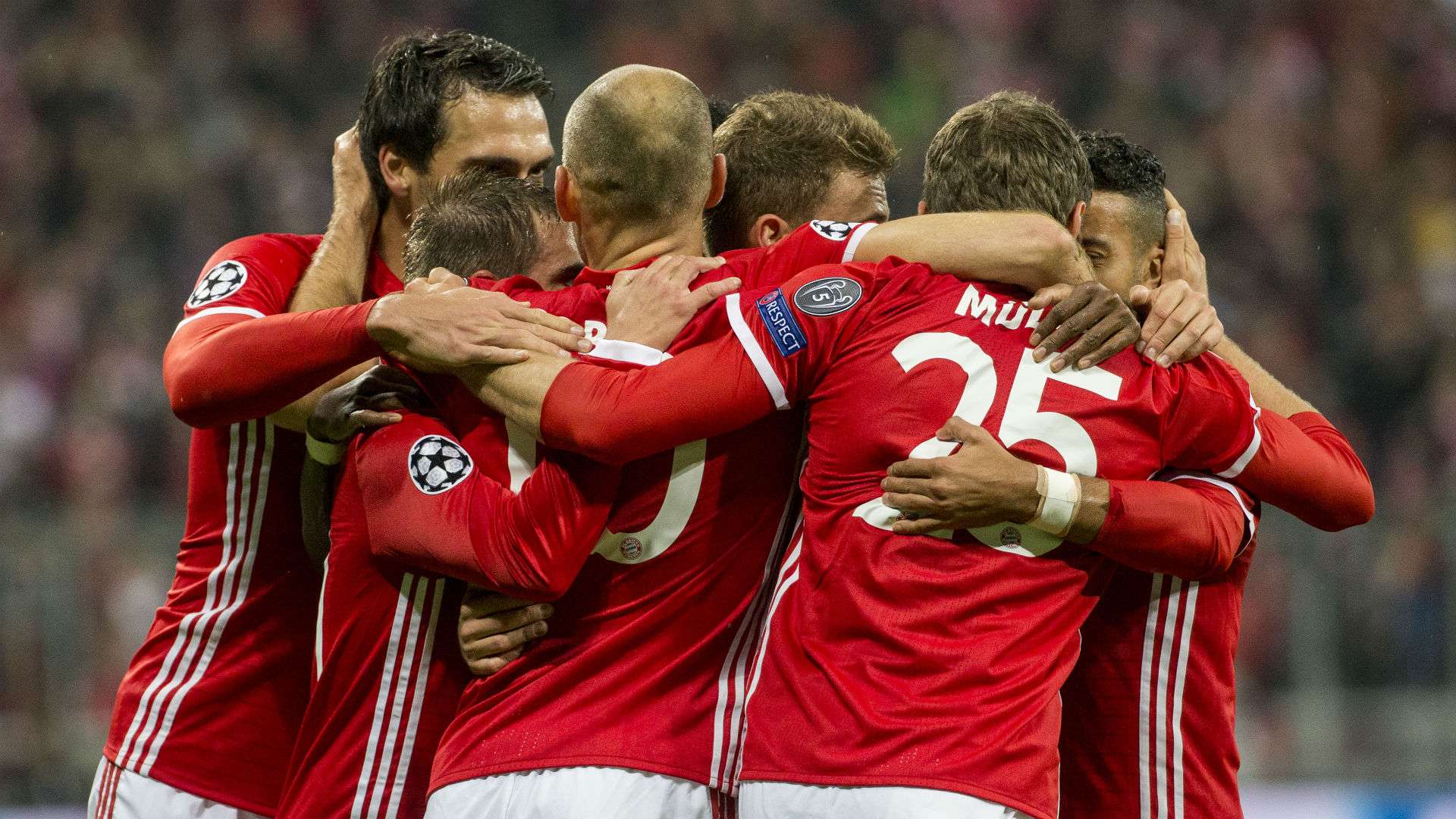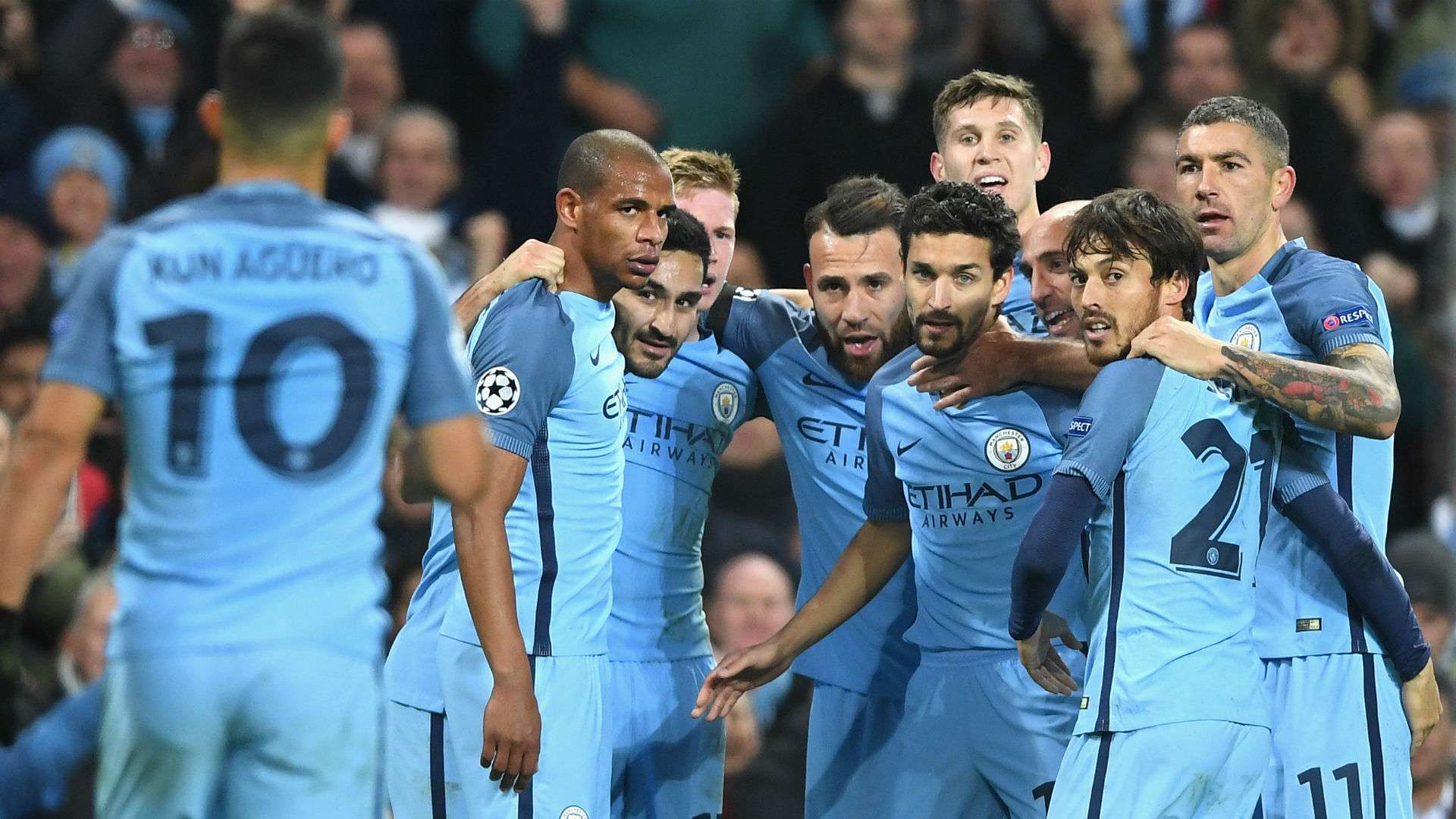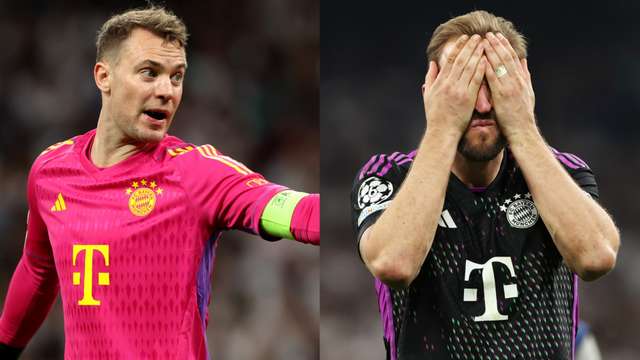COMMENT
There is currently an uneasy truce between UEFA and the European Club Association regarding the Champions League and – to a lesser extent – the Europa League. The ECA is the body which looks after the interests of some 220 clubs across Europe but is seen to do the bidding for the so-called super clubs right at the very top.
Verratti is Xavi's heir at Barcelona
It’s headed by Bayern Munich CEO Karl-Heinz Rummenigge and is increasingly influential when it comes to matters relating to European competition in which its clubs are playing. It has held UEFA to ransom over the past few negotiation processes in regard to the renewal of the Memorandum of Understanding which facilitates its clubs playing in UEFA competitions.
The threat of the Super League – often talked up by Rummenigge - kicked up a notch last year when it was revealed that Charlie Stilitano’s Relevant Sports – which organises the summer International Challenge Cup – was in discussions with the Premier League’s top teams.
If the top English clubs – as well as Real Madrid, Barcelona, Bayern and more - took their talents elsewhere it would have killed not only the Champions League but many domestic competitions across Europe.
Premier League money – where getting relegated is worth much more than winning the Champions League – has unleashed the green-eyed monster. And so, the clubs got what they wanted. August’s announcement of a new competition format for the Champions League covering the UEFA Clubs Competitions Cycle 2018-2021 brought the news of a massive shakeup – as well as boosted participation fees.
 Getty Images
Getty Images
The top four national associations in Europe – currently Spain, Germany, England and Italy – will each supply four teams to the group stage from 2018 to 2021 leaving only 16 slots available for the rest of the continent. That’s 51 national associations competing for 16 places. This arrangement is regarded as a sop to the big clubs while the rest flounder.
It wasn’t an easy decision for UEFA's but in the circumstances it was probably the right one. The Champions League is its flagship product and without the biggest teams it’s nothing. To limit the number of slots available to the lesser national associations in favour of more for the big teams probably saved the Champions League in the short term.
Viewers in those four key countries want to watch their local teams and that is where UEFA's money is earned. This arrangement – however - will not hold. Three seasons – that’s not a long time. UEFA has only managed to kick the Super League issue into the long grass but it will come back. Whatever the big clubs demand in the next negotiations will have to be facilitated again to ensure their ongoing participation.
FC Copenhagen, meanwhile, confirmed talks with clubs like Celtic, Malmo, Ajax, Feyenoord, PSV Eindhoven and Anderlecht about setting up a new supranational championship in order to claw back some ground on the super clubs. If satisfying a handful of super clubs for three years ends up sinking some of Europe’s second-tier domestic leagues forever then it cannot be said to have succeeded.
What’s needed is something better and something permanent. The interests of the big clubs need to be respected. The second-tier clubs need to have their own significant part to play – and not only as walk-ons in the main event. Fans, meanwhile, need something worthwhile to watch.
Arsenal and Madrid were wrong to snub Draxler
Audiences for the Champions League are falling. The group stage is nothing more than a six-game procession for the big teams – who often have qualification sorted out after four games.
The same clubs are funnelled to the last eight- arguably the last four – year on year. The real competition only starts, perhaps, at the second-leg stage of the quarter-finals. Everything else is a formality. While winning the Champions League is still the ultimate team objective – UEFA does everything it can to ensure no upstarts cause any significant bother for the giants.
Where UEFA can learn a lesson is through FIFA's implementation of a 48-team World Cup. Gianni infantino’s election pledge to expand the tournament has been pushed through for the 2026 edition and has, predictably, been met with widespread disdain. Too many matches, they say, and not enough quality. The format of the competition, too, has been criticised. A tournament involving 32 teams reduces logically to 16, to eight, to four, to two. The same is not true of the 48 team format.
Nonetheless it has its benefits. More teams, theoretically, will be brought up to World Cup standard. More money will be shared. A whole new generation of fans across Africa, Latin America and Asia will be inspired. And if UEFA's decision-makers look closely, they will realise the 48-team format is exactly what the Champions League needs.
By adding 16 teams to the Champions League and adopting the new World Cup format, UEFA could keep everybody happy. The 16 slots for the top four national associations would be preserved. Each could be a seed in one of the 16 three-team groups.
 Getty
Getty Getty
Getty Getty
Getty Getty
Getty
There would be 16 more slots available every season for the fringe clubs who feel they might be hard done by under the new regulations. Teams like Fenerbahce, Shakhtar Donetsk, Red Star Belgrade, Ajax and Olympiakos are just some of the big regional teams who failed to make it through to the competition proper this year but who would enrich it.
More broadcasters bidding for rights would help drive up UEFA's revenues and make more money available for prize money. There has been a good increase in funds lately but not enough to make comparisons with the Premier League. More teams earning Champions League money is only a good thing.
Aguero's Man City career rests on top performances
Each group stage would be four matches rather than six. It would breathe new life into the initial phase as three points are worth more in a four-game process instead of a six-game one. Teams like Arsenal – who lost their first two matches in the 2015-16 tournament – have less time to correct missteps.
The top two teams would go through to the knockout rounds while the last-place team could go to whatever form the Europa League takes in the future.
It has long been bemoaned that the Champions League has turned its back on the old European Cup’s traditional knockout heritage. Well a 48-team Champions League might redress that balance.
After the group stage 32 teams would remain - and not 16 - ensuring that one more round of knockout football would be provided. Then we would go to the last 16, quarter-finals, semi-finals and final as normal. Moreover, the demands on the teams would be no greater than they are now. A team making the final would play two home-and-away group stage matches – a total of four. Then there would be five two-legged knockout rounds to reach the final instead of the current four. That’s a total of nine ties comparing to the current total of 10. But what it would give us is more worthwhile matches – where points are worth more – and where the knockout rounds are reinvigorated after the winter break.
FIFA does not get it right very often and the jury is very much still out on a 48-team World Cup. Perhaps the former UEFA general secretary Infantino has stumbled upon the perfect formula for his old company. A 48-team Champions League based on the World Cup? It might be just what we all need.




